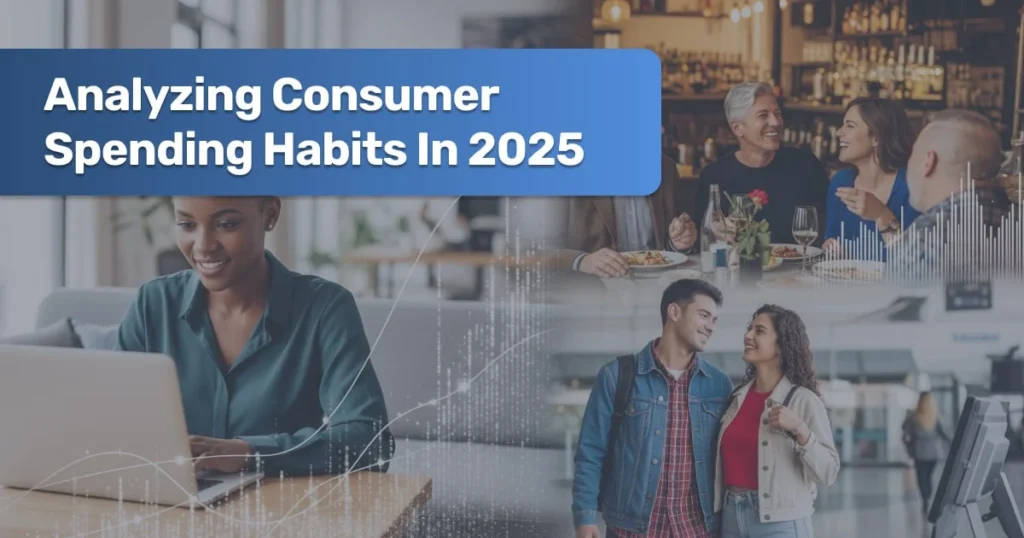In 2025, European consumers navigate a complex economic landscape marked by inflation, geopolitical tensions, and shifting employment patterns. These factors have led to cautious spending behaviors, with a focus on essential goods and value-driven purchases. This article delves into the current trends shaping consumer spending habits across Europe, supported by recent data and expert analyses.
Economic Overview
The European Central Bank’s (ECB) Consumer Expectations Survey for March 2025 indicates that the median perceived inflation over the previous 12 months remained at 3.1%. However, expectations for inflation over the next 12 months increased to 2.9%, reflecting consumer concerns about rising prices. Despite these concerns, nominal income growth expectations remained steady at 1.0%, while expected spending growth decreased to 3.4%, suggesting a cautious approach to future expenditures. European Central Bank+1European Central Bank+1
Shifts in Consumer Behavior
Emphasis on Essential Goods
Economic pressures have led consumers to prioritize essential goods over discretionary spending. A report by Food Navigator highlights that the ongoing cost-of-living crisis continues to place consumer budgets under pressure, leading to long-term changes in spending behaviors. FoodNavigator.com+1FoodNavigator.com+1
Rise of the Experience Economy
Despite financial constraints, consumers are increasingly valuing experiences over material possessions. According to Mastercard, travel and tourism (89%), outdoor experiences (80%), and food-related experiences (79%) are the top three priorities for Europeans in 2025. This trend underscores a shift towards spending on activities that offer personal fulfillment and lasting memories. Mastercard
Regional Variations
Consumer confidence varies across European countries. Savanta’s research indicates that while confidence levels have not seen significant shifts, the underlying sentiment tells a story of caution. In Germany, for instance, high energy costs and labor market unrest have led to a marked decline in consumer confidence, whereas the Netherlands exhibits higher confidence levels supported by moderate economic growth and easing inflationary pressures. Savanta – Savanta
Sector-Specific Spending Trends
The following chart illustrates the projected changes in consumer spending across various sectors in Europe for 2025:
Note: The above image is a placeholder. Please replace it with an actual chart based on reliable data sources.
Conclusion
Understanding consumer spending habits in 2025 requires a nuanced analysis of economic indicators and behavioral trends. As consumers adapt to financial uncertainties, businesses must remain agile, offering value-driven solutions that align with evolving preferences.
FAQ: Consumer Spending Habits
Consumers are prioritizing value and essentials such as shopping discounts, private labels, and second-hand items when reducing spending on big-ticket, discretionary purchases
Yes. Many are reallocating their budgets toward ‘bucketlist’ experiences, wellness travel, dining out, and small treats, even if they skip expensive goods
Confidence remains low in many European markets, prompting cautious spending. Yet actual purchases, especially on essentials, remain relatively stable
Younger generations (Gen Z and millennials) tend to trade down, splurge selectively on travel and dining, and use loyalty programs. Higher-income brackets may still spend on premium experiences
Persistent inflation is shifting budgets toward essential items like groceries, while spending on non-essentials like electronics, entertainment, and dining out remains subdued
Yes. The resale market continues to expand as consumers seek quality at lower prices and embrace sustainability through the previously owned goods
Buyers increasingly compare prices, use loyalty/rewards apps, shop for deals before committing, and practice ‘trading down’, opting for smaller sizes or store brands to save money

